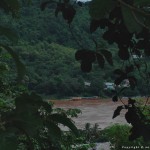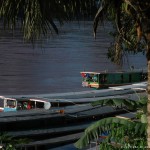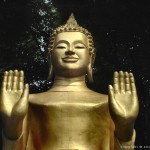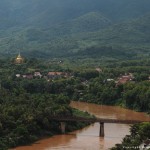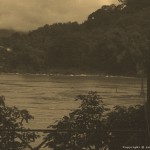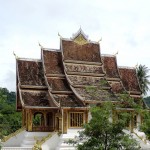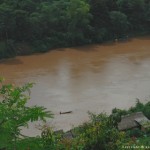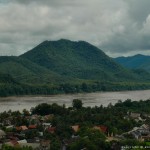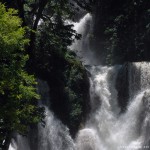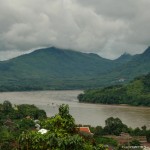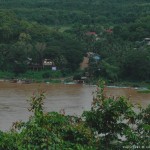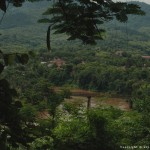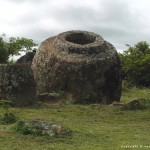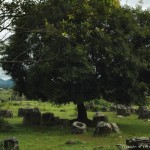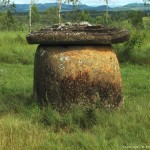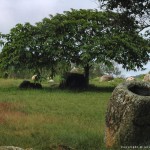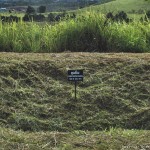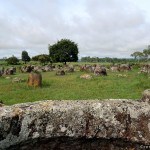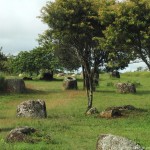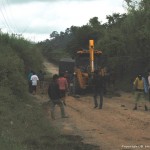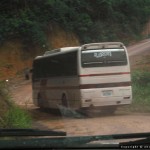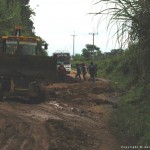First time in Laos was in 1993. Twenty years ago, the country was much less open, it was a challenge to get entry visas and nobody could travel further than a few kilometers around Vientiane without strictly controlled authorisations. The country was under a paramilitary regime applying strict control, severe repression and communist propagand with little openness to the wider world. Attacks could occur on some roads (from supposedly rebels) at these times. The regime has become more flexible the last ten years and an economic turnaround occurred, as a consequence tourism and security improved a lot. Lack of openness has nevertheless probably protected Laos from the negative impacts of mass tourism like in some neighbouring countries. Fortunately, the recent changes did not harm so much the original characteristic Lao experience, a mix of great quietness, beauty, nature and culture. Today is the oppotunity to rediscover this place after a pretty turbulent history, now peaceful and getting increasingly attractive at each visit.
Luang Prabang, a UNESCO World Heritage Site since 1995, is a must-see typical and preserved Asia city, long protected by its isolation in the middle of the mountains of northern Laos. The city is situated alongside the broad river-scenery of the Mekong and houses many temples, pagodas, Buddha statues, reflecting an artsy side in many ways. The Mekong cruise to Luang Prabang is undoubtedly the next item in the Todo list for another trip.
The Xieng Khouang area, one of the kingdoms that formed Laos, has also an ancient history that probably goes back more than a couple of thousand years. At an average altitude of 1200m, the province is home of antic megalithic jars of imposing dimensions. Their precise history and origin are still unclear but a broad consensus supports the interpretation of prehistoric funeral practices. The Plain of Jars, sometimes referred to as a south-east Asian version of Stonehenge, is therefore considered one of the most important sites for studying Southeast Asian prehistory.
It is even less widely known that Laos is the country that has been the most heavily bombed in the entire history of mankind, more than Vietnam, Afganistan or Irak. Hundreds of bombing raids were carried out each month on Laos during the period between 1964 and 1973, despite its neutral position. The Plain of Jars was particularly subject to these massive air strikes in the secret war americans never reckoned to have had in Laos. Today we know more precisely about the excessiveness of the US Rolling Thunder program. We also know about their total uselessness as it has been proven that the region was not on the Ho Chi Minh trail providing support to the Vietnamese forces. Thousands of UXO and scraps continue to arm and kill innoncent people weekly, among which children, and this for decades to come. One of the most indignant demonstration of the US and CIA hidden facts and out of proportion abuses in the world.
Wet season is usually an overlooked period to visit since roads are at their worst, but it’s also when the scenic landscape is at its best. Most information found stated that rehabilitation of the road and bridges between Phonsavan and Paxsan was completed end of 2012. Actually a great part of the road is somewhat good (by laotian standards), but I doubt this will last considering the exposure to numerous rock, tree slides and thick mud. About 80km to Paxsan, you leave for a narrow and winding route which is pretty impractical to say the least. However busses, minivans and even trucks take this road daily and many end up totally stuck in the mud at some point. A truly long and arduous journey is part of a genuine experience in Laos.
